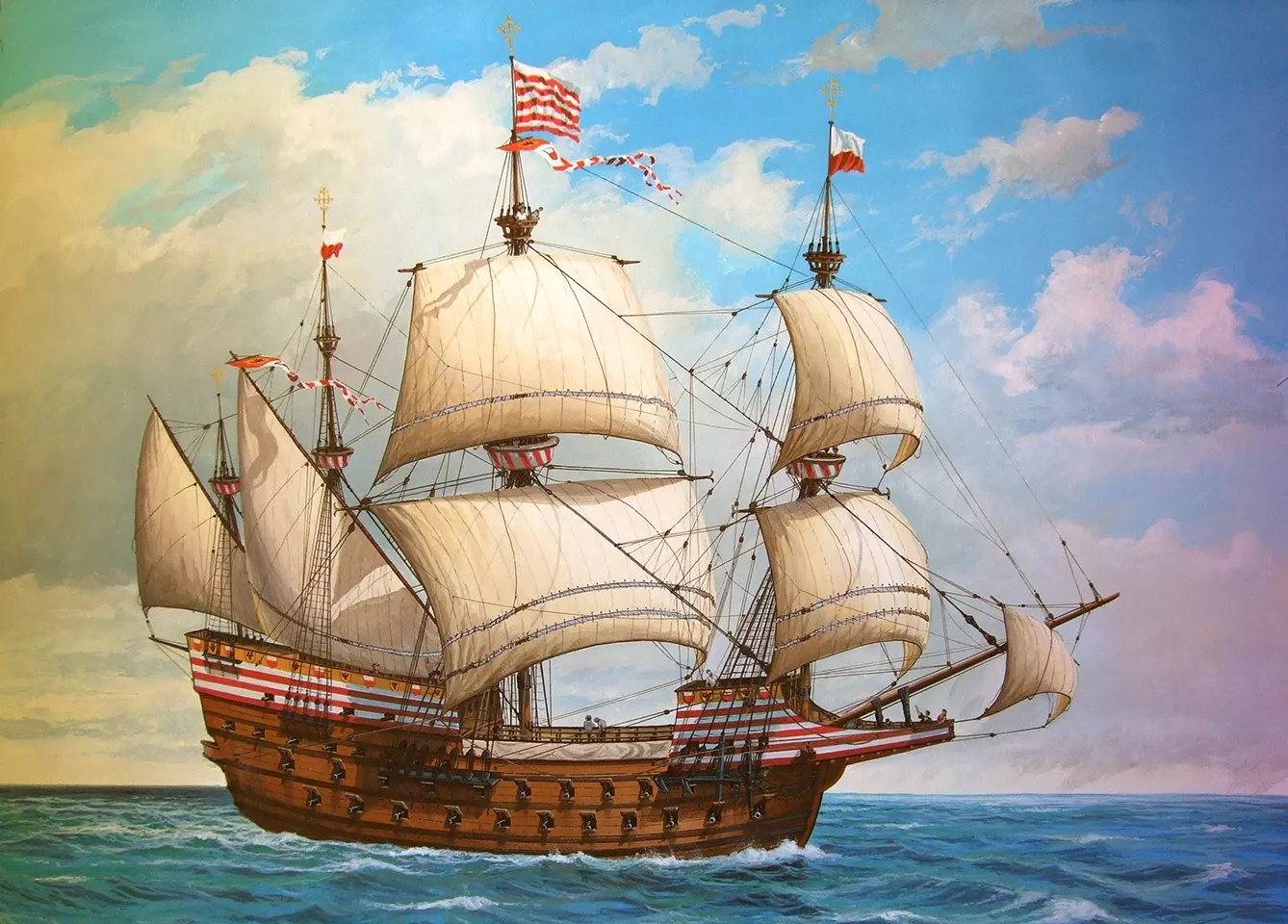From airline giant Lufthansa to Polish niche clothing brand Hansa Wear and Tallin’s restaurant Olde Hansa, perhaps hundreds or thousands of businesses, establishments and heritage objects share this name. But where does it come from? The original Hansa, or Hanseatic League as it was officially called, is a centuries-old commercial and political project. It predated modern nation-states, but apart from that, could be easily compared to modern geopolitical projects, such as the Three Seas Initiative.
The German origins of Hanseatic League
Beginning somewhere in Germany as early as the 12th century, merchant cities from the Baltic and the North Sea basins would get involved in cooperation projects on a variety of levels. Soon merchants from across the shore joined forces, duty-free treaties were signed, and even military alliances were formed (which was easy, given the larger autonomy of cities in the pre-nation-state-empires period).
And then, naturally, culture followed. Artists were free to move from city to city. Architects were recommended by wealthy investors across the League. The exchange of government experience led to similar laws, but also to similar urban planning, which made cities bear the Hanseatic trait to this day.
The nature of the Hansa League was somewhat geopolitical, which can be easily seen when looking at the map. In the 15th century, possibly at height of its potency, its spread was wide. It stretched from the Netherlands in the West, as far as Russia in the East. Its northernmost point was in Estonia, but to the South, Krakow, Poland was in as well – an important merchant town on the Vistula, though hundreds of kilometers from the Baltic, was a crucial factor of trade in its basin.
Central European Hanseatic cities include:
- Riga, Latvia
- Currently Estonian cities:
- Reval (now Tallin)
- Dorpat (now Tartu)
- Pernau (now Pärnu)
- Cities now in Poland:
- Danzig (now Gdańsk)
- Thorn (now Toruń)
- Elbling (now Elbląg)
- Kraków
- Stettin (now Szczecin)
Hansa in Central Europe
You can now find traces of Hanseatic spatial planning in Toruń, Poland, as well as in Tallin, Estonia. Riga, Latvia, as well as German Hamburg are also Hanseatic. And if you ever woke up in Gdańsk, Poland and thought for a while that you’ve moved to the Netherlands overnight, the reason for that is Hanseatic architecture which came on Hanseatic ships that imported Dutch marble.
Hanseatic League may also be a symbol of long-lasting international cooperation. With cultural diversity resulting from spanning dozens of today’s countries, it managed to thrive for centuries. Firmly set up as early as the 13th century, it was disbanded in the 1860s. One can argue it was also a political force until the raising of the German Empire from 1870 onwards. Some also say, and this is not far from the truth, that Hanseatic League predated the European Union, though, geographically, its spread was more north-eastern than western. Yet it is an example of the thriving commercial, and, to some extent, also military, cooperation above political borders in Europe.







